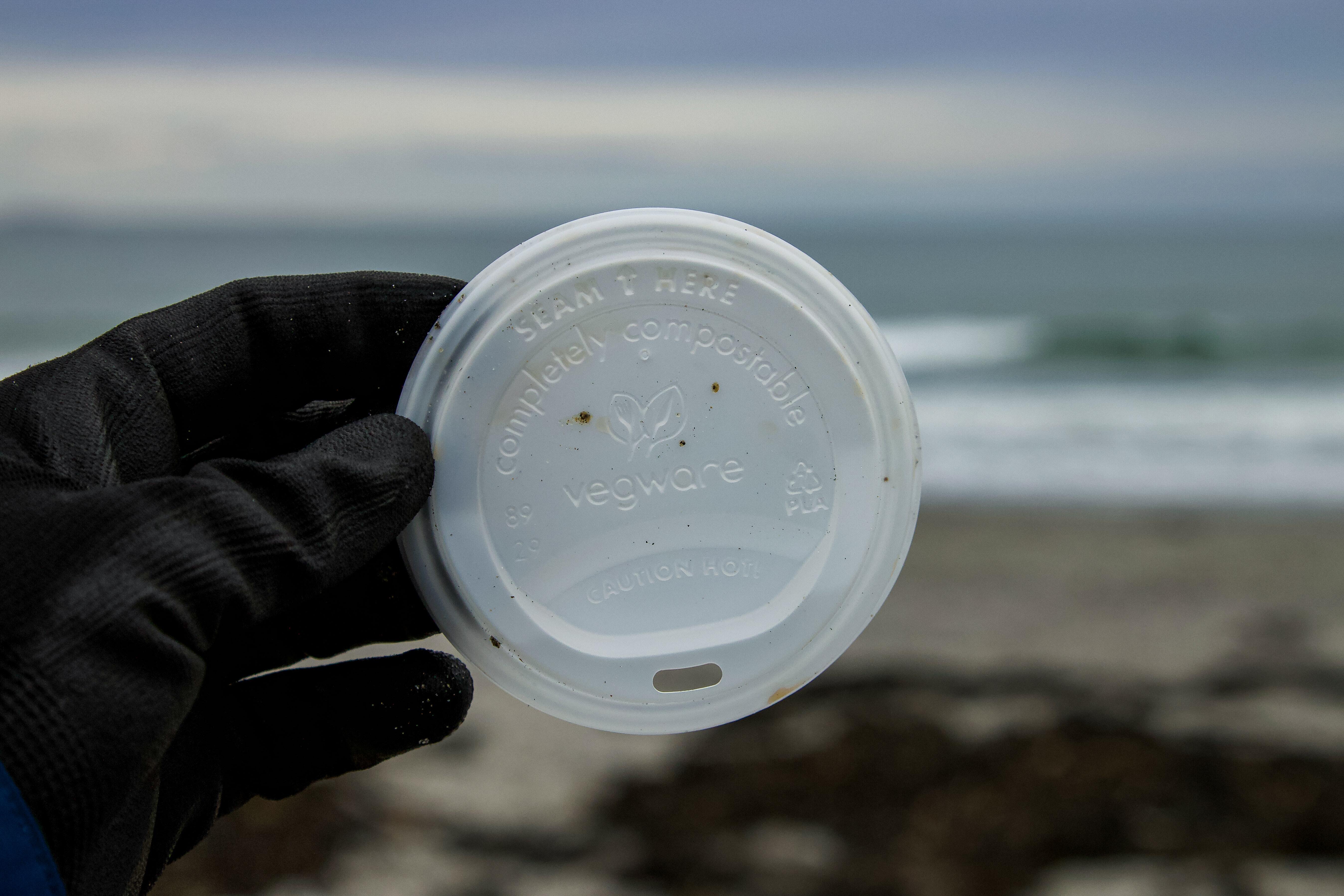As people take to the streets (and screens!) to demand change, it finally seems as though brands are taking note - but do they really care or is it all just the work of clever marketing teams?
So What is 'Woke-Washing'?
Woke-washing is when brands give the impression that they support certain causes and are socially, politically or environmentally conscious without actually implementing any real, meaningful action.
The term 'Woke-Washing' encompasses a range of forms; with two of the most common examples being 'Rainbow washing'; where brands attempt to appear LGBTQIA+ friendly, and Greenwashing - the main subject of this blog. The key thing that links these all together is a brand's outward portrayal of themselves as being 'woke' or 'progressive'. This is most often achieved through rebranding accompanied by an unfortunate refusal to look inwards to alter outdated practices, or really do the work to form a deep understanding of the effects of their product on the environment or the people working down the production line.
As individuals we are trying to use our money for the power of good, to support businesses who care about the environment, but to do so we need to be able to distinguish brands doing their best from the brands that aren't. Green-washing is when a brand, organisation or even a prominent individual markets themselves as 'sustainable', 'eco-conscious' or 'climate aware'. The United Nations has highlighted Climate Change as the defining issue of our time, and a study done in 2020 by Oxford University across 40 countries found over 69% of respondents stated they consider climate change to be an extremely serious problem. This was backed in 2021, when it was put to Australian voters, with 80% of people polled saying they felt climate change was an important issue to consider when making choices, both politically or in their lifestyle. (The Conversion) As consumers we know it's not just our vote that matters, but also where we put our money. Conscious consumerism is on the rise, and brands know they need to join in or be left behind.
Here is where the issue lies; The majority of the market is simply unsustainable - whether it's their choice of materials, work environments, or the rate at which their product is manufactured. When these brands begin to realise they're losing customers due to these factors, what can they do without completely re-establishing themselves? They can pretend; a cheap, easy and unfortunately effective fix. This is Green-Washing at its finest.
Whilst "ignorance is bliss" may have worked in the past, it will not and cannot continue to work for us as a society striving towards equal representation, environmental stability and political overhaul.

So the real question is; how far can symbolic gestures go when you're profiting off a symbol that isn't meant for you?
Unfortunately the answer isn't that simple. A lack of enforcement and an increase of 'Green-Washing' campaigns means it's almost impossible to police and in many cases, to even tell what's real and what's fake. This means it's up to us as consumers to define our values and support those companies that meet them - to question anything and everything. If a business truly supports a movement and is working toward making a tangible and meaningful impact, they will have no problem providing the evidence to support their claims. If it seems suspicious, it probably is.
Here are some of the ways businesses may use 'Green-Washing' to deceive consumers;
- Rebranding - Changing the name, logo, slogan or most commonly with green-washing, changing the colour scheme and packaging material. Just because your moisturiser now comes in a glass tub, does not mean the contents are ethically sourced. This is a big one to look out for during particularly heightened moments within a movement, like World Environment Day, or during times of protest.
- Making claims that cannot be backed up with proven data, or refusing to disclose their environmental or social footprint or political stance. For example in 2019 popular fashion brand, H&M launched their first 'Sustainable Clothing Line' with fabrics thought of as more eco-friendly such as linen and bamboo. They were soon called out by the Norwegian Consumer Authority (CA) for misleading advertising as they refused to disclose where the fabrics were sourced, where the clothing was made or any details about what made this line more conscious in comparison to the other lines they continued to produce; which do not meet sustainability criteria. This is a common one to look out for, as many fast fashion brands and websites such as ASOS or The Iconic, now offer a supposedly 'Eco-Conscious' section. It's also important to look out for phrases like 'Reduced Impact' or 'Lesser Impact' as many brands often haven't measured the impact of their original product initially, rendering the phrase meaningless.
- Making broad or vague statements which lack detail and require reading between the lines or the fine print to be understood. This is common in the cosmetics or cleaning products industry where words like 'Organic', 'Natural' or 'Pure' are used frequently and loosley. In this case the problem is a lack of industry definitions and minimal advertising regulations when it comes to packaging. Words or symbols such as uncertified variations of the 'Cruelty Free' bunny or imitations of the 'Australian Certified Organic' leaf logo on the back of the bottle can be used pretty freely for decorative purposes. This can easily trick consumers into thinking they're making an ethical choice when perhaps only a small percentage, or even none of the product at all, meets this criteria.
Whilst there is no easy way to end 'Woke-Washing' of any form, the days of simply accepting what we are presented with at face value are over. As mindful and informed individuals we can collectively send a message. We will not turn a blind eye, and we will not compromise on our values or the lives of our fellow human beings.
Written by Chloe Beckley. Images from Shutterstock.
